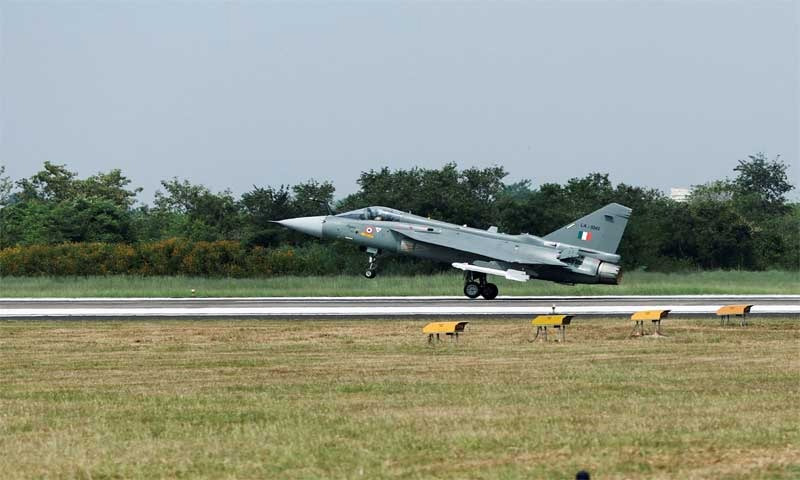- Web Desk
- 2 Minutes ago
Tejas crash at Dubai Airshow raises questions over India’s fighter export ambitions
-

- Reuters
- 1 Hour ago

WEB DESK: Last week, the crash involving India’s Tejas fighter jet during a high-profile aerobatic display at the Dubai Airshow is now casting a shadow over New Delhi’s long-running push to promote the aircraft to foreign buyers. The accident, which claimed the life of Wing Commander Namansh Syal, occurred in full view of international delegations and arms industry officials, dealing an unexpected setback to India’s flagship indigenous defence programme.
The cause of the crash remains under investigation, but defence analysts say the timing and visibility of the incident make the challenge particularly acute. As the world’s third-largest aviation exhibition, the Dubai Airshow is a prime arena where countries pitch military hardware to global clients. “The imagery is brutal,” said Douglas A. Birkey of the Mitchell Institute for Aerospace Studies, noting that airshow accidents tend to undermine years of marketing efforts. Still, he added that long-term aircraft deals are shaped more by strategic considerations than single mishaps.
The Tejas programme, initiated in the 1980s to replace India’s ageing MiG-21 fleet, has struggled with delays, supply shortages, and developmental hurdles. State-owned Hindustan Aeronautics Limited (HAL) has orders for 180 of the upgraded Mk-1A variant, yet deliveries have been slowed by engine supply issues at GE Aerospace. A former HAL official, speaking on condition of anonymity, said the Dubai crash would likely stall export prospects for now, even as HAL had been courting buyers in Asia, Africa and Latin America.
At home, the Indian Air Force faces dwindling squadron strength as older fighter models retire. While Tejas was meant to fill these gaps, production challenges have prompted the government to consider interim purchases, including additional French Rafales, alongside negotiations involving U.S. F-35s and Russia’s Su-57.
The airshow also saw India and Pakistan competing for global attention. Pakistan showcased its JF-17 Block III fighter, co-developed with China, and disclosed a new export agreement. The sharp contrast between the Tejas crash and Pakistan’s promotional push underscored the strategic rivalry playing out beyond the battlefield.
Despite immediate setbacks, defence experts say Tejas remains significant for India’s long-term ambitions. Beyond sales, the programme is viewed as a foundation for future indigenous combat aircraft, an essential step as the country seeks greater technological autonomy in defence production.




